The former Six Bells Inn closed in 1911 and is now a shop. It was so-named from its proximity to the church and was once the haunt of bellringers. The bell tower was built in 1670, at a cost of £413 19s 4d. The first ring of bells was installed by 1684. The inn may well have been built around this time. The six bells were replaced in 1786. In 1901, two more were added to make the present peal of eight bells.
A photograph and text about the history of The Six Bells.
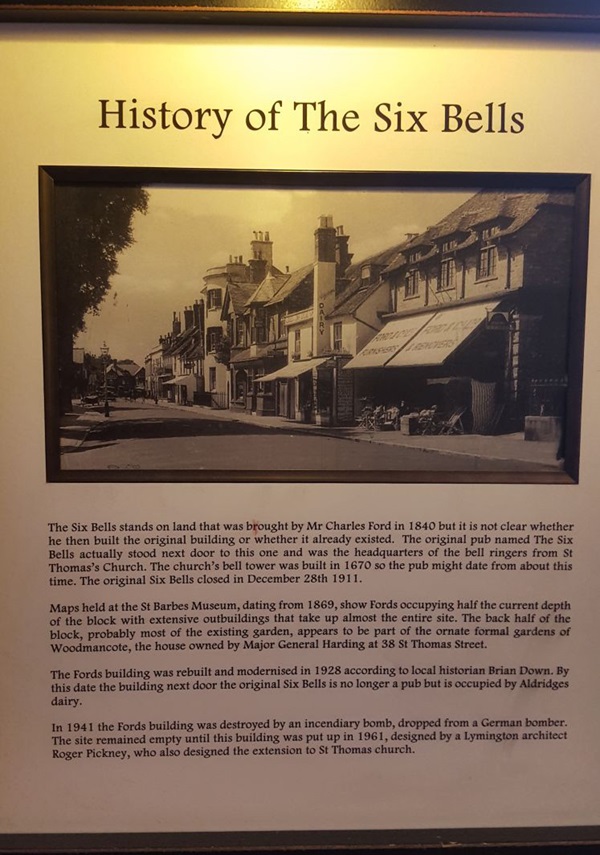
The text reads: The Six Bells stands on land that was brought by Mr Charles Ford in 1840 but it is not clear whether he then built the original building or whether it already existed. The original pub named The Six Bells actually stood next door to this one and was the headquarters of the bell-ringers from St Thomas Church. The church’s bell tower was built in 1670 so the pub might date from about this time. The original Six Bells closed in December 28th 1911.
Maps held at the St Barbes Museum, dating from 1869, show Fords occupying half the current depth of the block with extensive outbuildings that take up almost the entire site. The back half of the block, probably most of the existing garden, appears to be part of the ornate formal gardens of Woodmancote, the house owned by Major General Harding at 38 St Thomas Street.
The Fords building was rebuilt and modernised in 1928 according to local historian Brian Down. By this date the building next door to the original Six Bells is no longer a pub but is occupied by Aldridge’s dairy.
In 1941 the Fords building was destroyed by an incendiary bomb, dropped from a German bomber. The site remained empty until this building was put up in 1961, designed by a Lymington architect Roger Pickney, who also designed the extension to St Thomas Church.
A photograph and text about terry palfrey and Geoff Kemp.
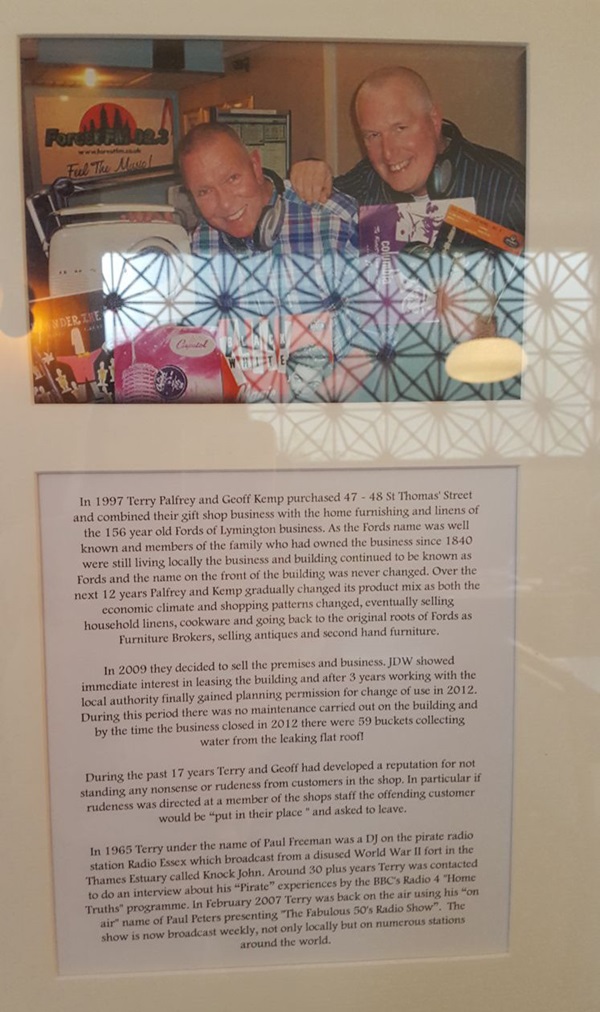
The text reads: In 1997 Terry Palfrey and Geoff Kemp purchased 47-48 St Thomas Street and combined their gift shop business with the home furnishing and linens of the 156 year old Fords of Lymington business. As the Fords name was well known and members of the family who had owned the business since 1840 were still living locally the business and building continued to be known as Fords and the name on the front of the building was never changed. Over the next 12 years Palfrey and Kemp gradually changed its products mix as both the economic climate and shopping patterns changed, eventually selling household linens, cookware and going back to the original roots of Fords as furniture brokers, selling antiques and second hand furniture.
In 2009 they decided to sell the premises and business. JDW showed immediate interest in leasing the building and after 3 years working with the local authority finally gained planning permission for change of use in 2012. During this period there was no maintenance carried out on the building and by the time the business closed in 2012 there were 59 buckets collecting water from the leaking flat roof!
During the past 17 years Terry and Geoff had developed a reputation for not standing any nonsense or rudeness from customers in the shop. In particular if rudeness was directed at a member of the shop’s staff the offending customer would be put in their place and asked to leave.
In 1965 Terry under the name of Paul Freeman was a DJ on the pirate radio station Radio Essex which broadcast from a disused World War II fort in the Thames estuary called Knock John. Around 30 plus years Terry was contracted to do an interview about his ‘Pirate’ experiences by the BBC’s Radio 4 Home Truths programme. In February 2007 Terry was back on the air using his on air name of Paul Peters presenting The Fabulous 50s Radio Show. The show is now broadcast weekly, not only locally but on numerous stations around the world.
A photograph of 61-62 High Street, Lymington.
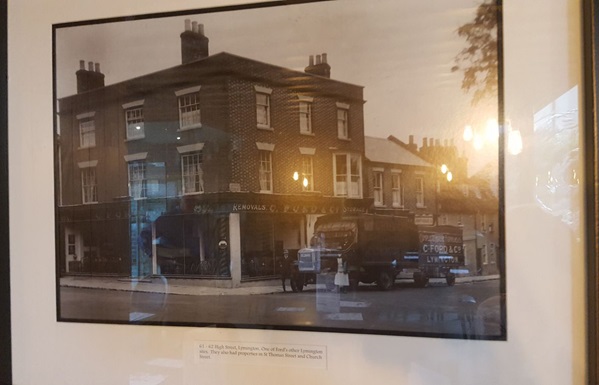
An illustration of High Street, Lymington.
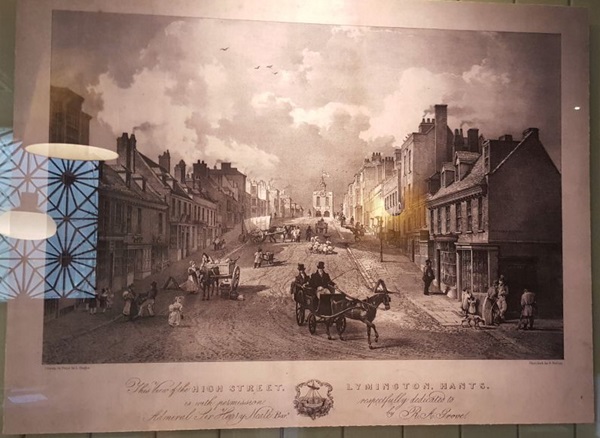
An original interior shot of Fords which shows the long gallery, China department in the early 1900s.
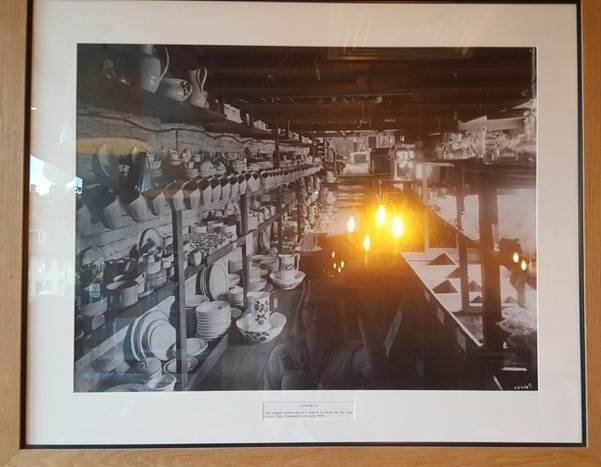
A sculpture entitled Fish Shoal.
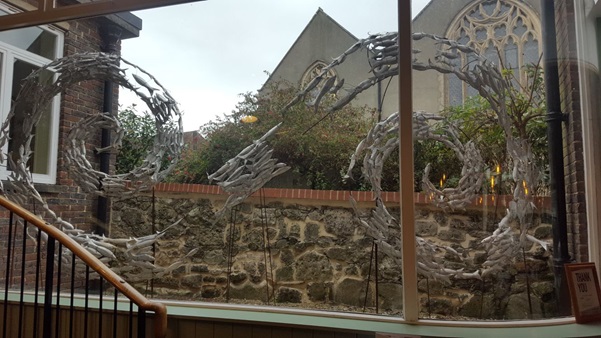
James Eddy is a contemporary British artist. He predominantly works as a sculptor and land artist, using his background as a biologist to inform his practice. In 2011 James spent a year as artist in residence at The Lost Gardens of Heligan.
This sculpture was inspired by the movement and flowing forms created by fish shoals. Especially the bait balls formed when being herded and attacked by dolphins, tuna and birds.
A collection of photographs of Lymington.
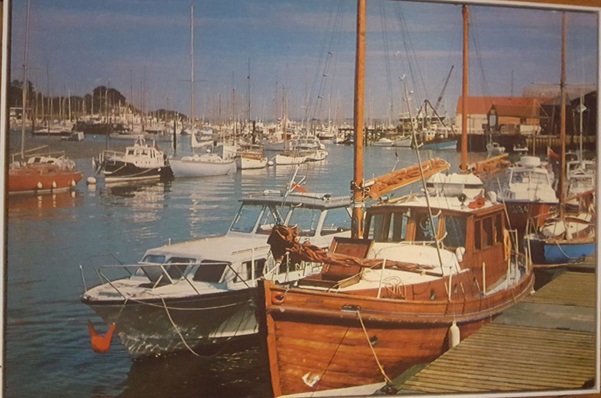
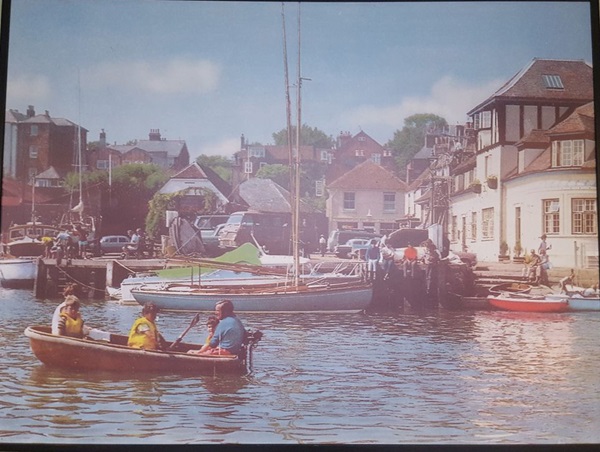
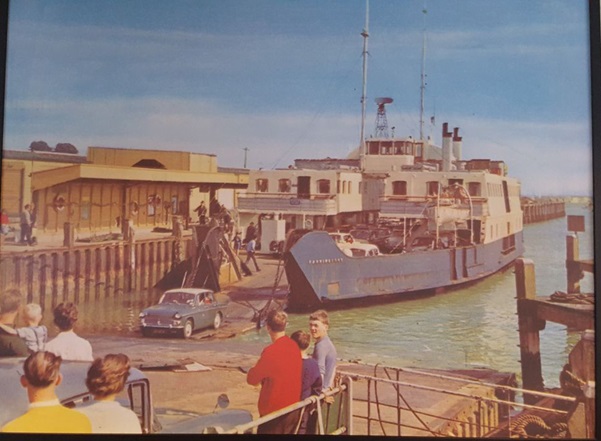
External photograph of the building – main entrance.
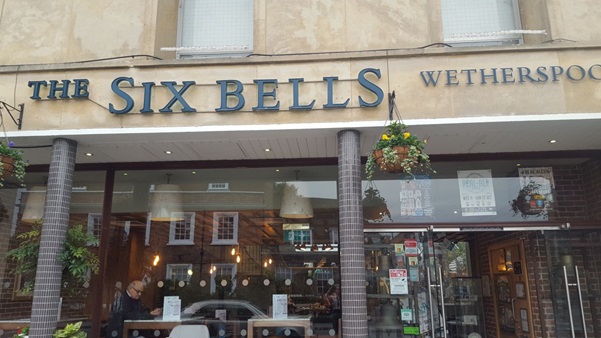
If you have information on the history of this pub, then we’d like you to share it with us. Please e-mail all information to: pubhistories@jdwetherspoon.co.uk